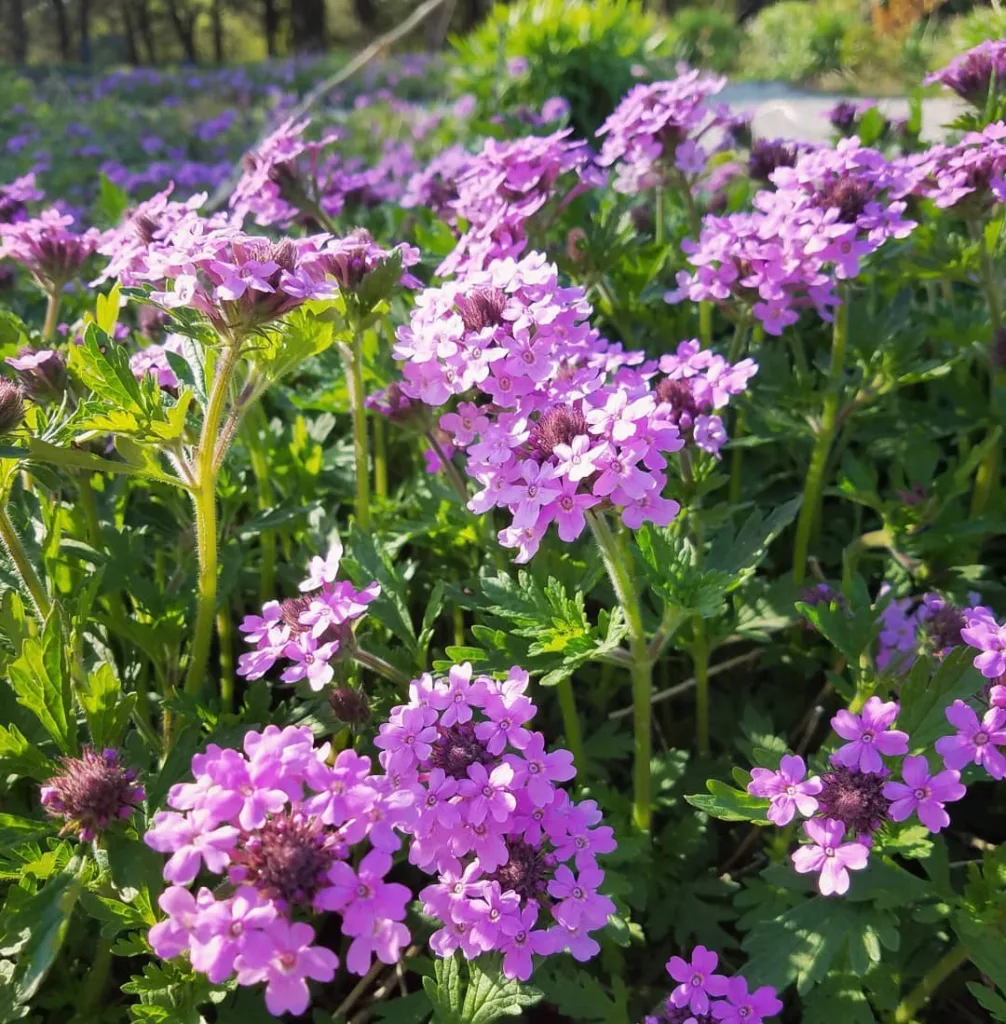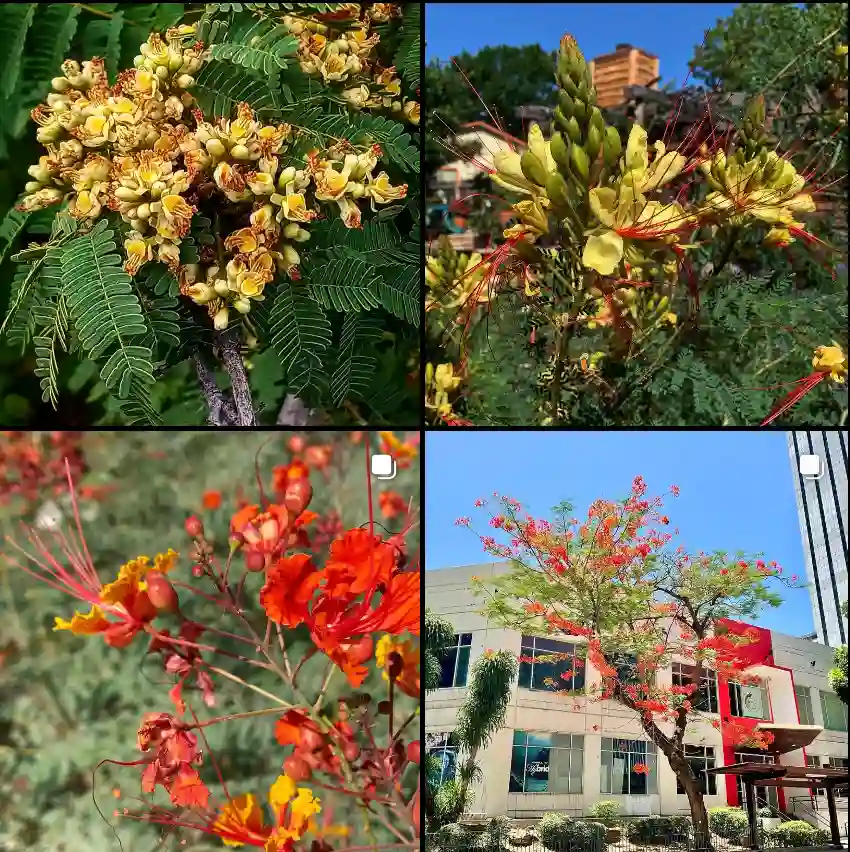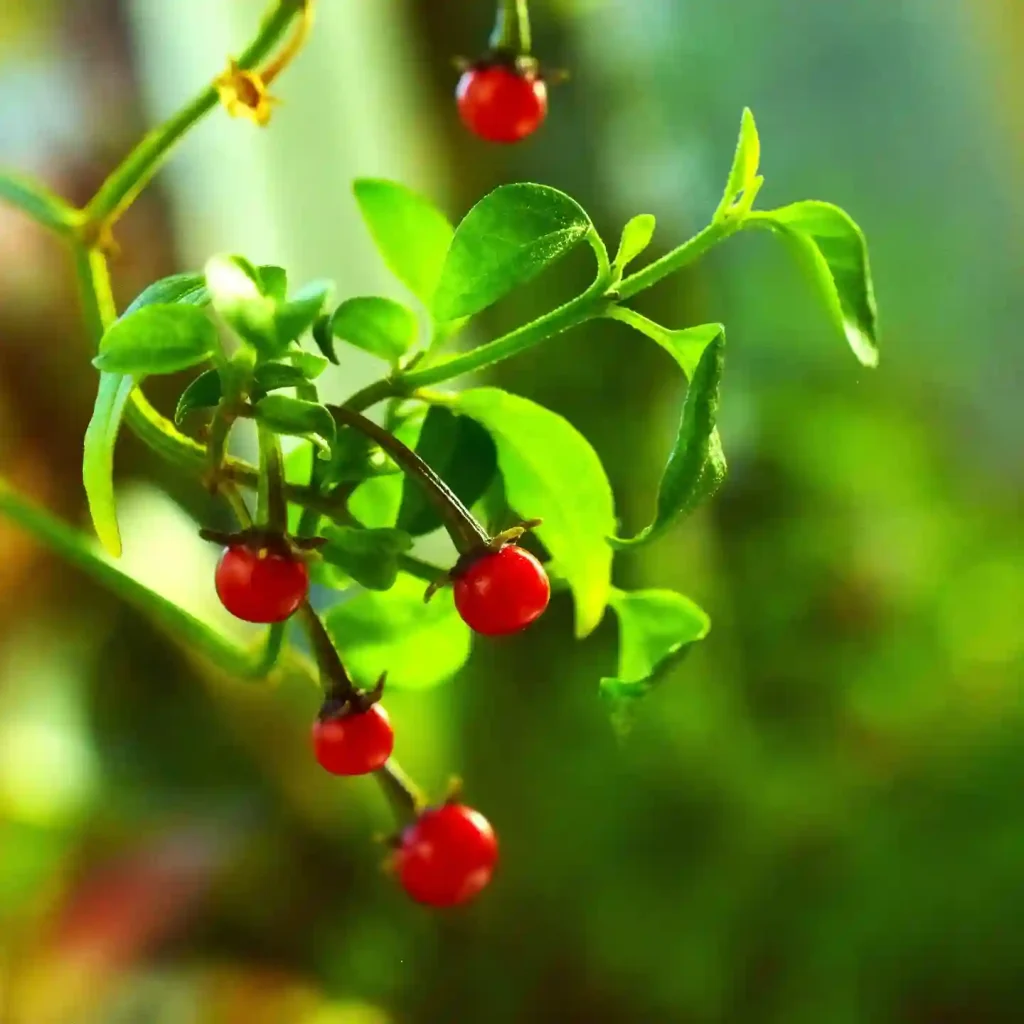My Experience with Platycladus orientalis: The Chinese Arborvitae
Platycladus orientalis, commonly known as the Chinese Arborvitae, has long intrigued me as a versatile, resilient species in the genus Platycladus. This unique conifer, with its striking evergreen foliage and historical significance, holds a special place in horticulture and landscape design. Let me share my thoughts and experiences with this wonderful plant, highlighting its fascinating characteristics and practical benefits.
A Brief Introduction to Platycladus orientalis
Native to regions in northeastern China, Korea, and Mongolia, Platycladus orientalis is often appreciated for its distinctive, fan-shaped foliage and pyramidal form. This species belongs to the cypress family, Cupressaceae, and is known for its adaptability and resilience across various climates, making it a popular choice for both ornamental and practical purposes.
I first encountered Platycladus orientalis when looking for a hardy, evergreen tree to add structure and year-round greenery to my garden. Its low-maintenance nature and unique appearance immediately caught my attention. As I began researching, I was captivated by its extensive use in traditional landscapes and its symbolism in East Asian cultures as a tree of longevity and vitality.
The Distinctive Appearance of Platycladus orientalis
One of the things that initially drew me to the Chinese Arborvitae was its appearance. The tree’s lush, green foliage takes on a flat, fan-like structure that creates a dense, symmetrical look. This makes it ideal for forming natural privacy screens or hedges without the need for constant trimming. In colder climates, the foliage often shifts to a bronze tone in winter, adding a warm seasonal accent to the landscape.
Unlike some other evergreens, Platycladus orientalis has a relatively compact growth habit, typically reaching 15 to 20 feet in height but capable of growing taller in optimal conditions. Its upright, columnar shape suits formal garden designs, and its dense branches make it effective as a windbreak. It was fascinating to see how well it adapted to the layout of my garden, where I placed it along a perimeter to provide structure and year-round interest.
Adaptability and Low-Maintenance Benefits
What makes Platycladus orientalis particularly appealing is its adaptability. This species thrives in a variety of soil types, from sandy to clay-rich soils, as long as there is adequate drainage. In my experience, it is fairly drought-tolerant once established, requiring only minimal watering during dry periods. This made it a low-maintenance addition, freeing up time for other gardening tasks.
While it prefers full sun to partial shade, I noticed that even in slightly shaded areas of my garden, Platycladus orientalis maintained its vibrant foliage. The tree’s moderate growth rate is another advantage, meaning it doesn’t require frequent pruning or trimming to retain its shape. These qualities make it suitable for beginners or anyone looking for an easy-care tree that still adds a structured element to their landscape.
Practical Uses and Landscaping Potential
Platycladus orientalis is versatile in landscaping. Whether you’re looking to create a formal garden, a windbreak, or a privacy screen, this tree’s form and structure make it an excellent choice. In my garden, I’ve experimented with different placements for Platycladus orientalis, finding it to be remarkably effective in forming a natural boundary. Its dense foliage also serves as a visual backdrop for seasonal blooms and provides shelter for birds and small wildlife.
One memorable aspect of planting Platycladus orientalis was watching how its consistent shape added depth and stability to the landscape. By using multiple trees in a row, I created a striking, green wall that not only offered privacy but also enhanced the overall aesthetic appeal of the garden. Additionally, I discovered that it responds well to being pruned for topiary purposes, making it possible to add a creative touch to any formal garden.
Traditional and Symbolic Significance
Another compelling reason to consider Platycladus orientalis is its rich cultural symbolism, especially in Chinese and Korean traditions. Often referred to as the “Tree of Life” or “Tree of Longevity,” it is widely used in temple gardens, parks, and memorial sites. Learning about this tree’s symbolic connections deepened my appreciation for it, adding a meaningful layer to its presence in my garden.
In traditional Chinese medicine, Platycladus orientalis has also been used for centuries. Various parts of the tree, including its leaves and seeds, are believed to have medicinal properties, such as promoting hair growth and soothing skin conditions. Although I personally haven’t used it for these purposes, knowing its historical applications in medicine reinforces its cultural and horticultural value.
Pests, Diseases, and Maintenance Tips
Platycladus orientalis is generally resilient to pests and diseases, which makes it an even more attractive option. I found that occasional aphids and spider mites may appear, but they’re easily manageable with standard horticultural practices. The tree’s natural resistance to more serious issues like cankers and root rot further highlights its suitability for low-maintenance gardens.
One tip I’d recommend for ensuring the health of Platycladus orientalis is to mulch around the base to retain moisture and regulate soil temperature. Mulching also reduces weed competition, allowing the tree to thrive with minimal intervention. Despite being low-maintenance, regular inspections for pests and occasional watering during dry spells will keep the tree in optimal condition.
Final Thoughts on Platycladus orientalis
Platycladus orientalis has proven to be an excellent choice for my garden, and I would highly recommend it to anyone interested in adding a resilient, visually appealing evergreen to their landscape. Its unique foliage, cultural significance, and practical landscaping benefits make it a worthwhile addition that requires minimal upkeep. Whether used as a formal element or as part of a natural boundary, this tree brings a sense of balance, beauty, and heritage to any outdoor space.
In the years I’ve grown Platycladus orientalis, it has not only enhanced my garden’s structure but also connected me to the rich history and symbolism surrounding this remarkable species. For anyone seeking a low-maintenance, adaptable evergreen that combines aesthetic appeal with cultural depth, the Chinese Arborvitae might just be the perfect fit.
If i die, water my plants!



